Panasonic Lumix DMC-TZ5 Image Quality
The TZ5′s image quality compares favorably with other cameras in its class. It’s quite good in several areas, particularly color, exposure and contrast. I tended to bump up the saturation and contrast a little in Photoshop, but that’s just me – I like my colors to pop. I later remembered that Auto and Intelligent Auto modes offer a choice of several color settings: standard (my default), natural, vivid, black and white, sepia, cool and warm. White balance is good. Shadow detail isn’t bad, but highlights in skies seemed to blow out easily. Leica’s excellent lens quality holds up here, with little distortion, edge softness or fringing.
Noise could be better, but it’s not bad, either. Looking at studio samples up to and including ISO 400, noise is noticeable without being unpleasant, although there is a watercolor-like softness from Panasonic’s in-camera noise-reduction. At ISO 800 and 1600, noise is noticeably chunky and unattractive. You won’t want to use these high sensitivity settings unless you absolutely have to – but they’re there if you need them. Although some point-and-shoot cameras may have less noise at low ISO settings, none of them look great at the high settings. ISO 800 and 1600 will help you get photos in very poor light, but you’ll always pay for it with compromised image quality.
As noted earlier, the Panasonic TZ5′s exposure settings performed well under average or better lighting situations, both with and without flash. I had exposure problems in a few areas:
- Photographs of people in poor lighting conditions, using the Intelligent Auto or Portrait modes with flash turned off, often resulted in blurry pictures. Looking at EXIF data after the fact, I found that the camera selected a maximum of ISO 400, then adjusted the shutter speed as low as 1/8 of a second – much too slow for handheld photos. I would have been better off using regular Auto mode with the flash or manually selecting ISO 800 or 1600.
- Shooting Missoula’s Festival of the Dead parade was my biggest challenge with the TZ5. It was a dark night and parade participants were walking and dancing, so I turned the flash on and experimented with Intelligent Auto and Night Portrait modes. I got a few decent shots, but sadly threw most of them away. The flash worked well when it was fully charged, but it took about six seconds to fully recharge in between each shot, which is slow but typical for point-and-shoot cameras. Most of my pictures were underexposed, and I found myself envying the photographers around me who had SLRs and powerful external flashes.
Among pocket-sized point-and-shoot digital cameras, the TZ5′s image quality isn’t the best, but it’s comparable with other cameras in its class – and most of them don’t have lenses nearly as long.
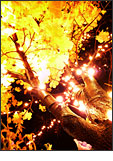 |
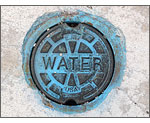 |
 |
 |
 |
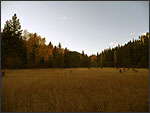 |
Click on thumbnails to view sample photos.
next page – Panasonic Lumix DMC-TZ5 Conclusion >>


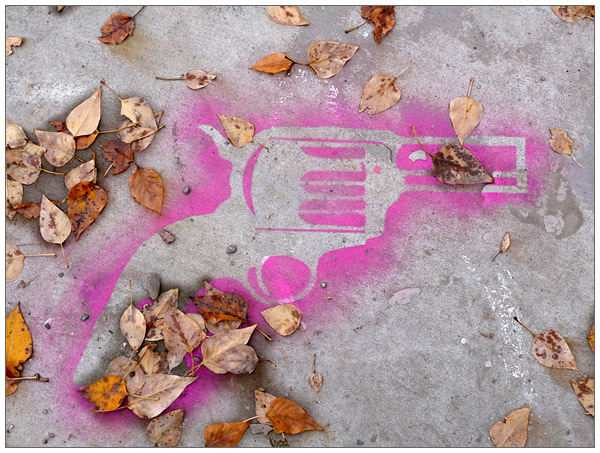
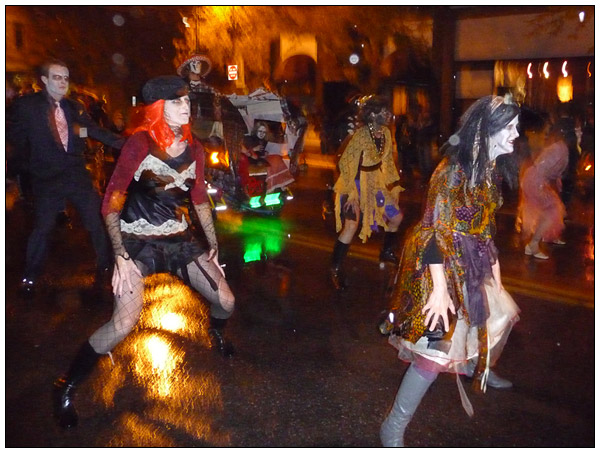
Leave a Reply